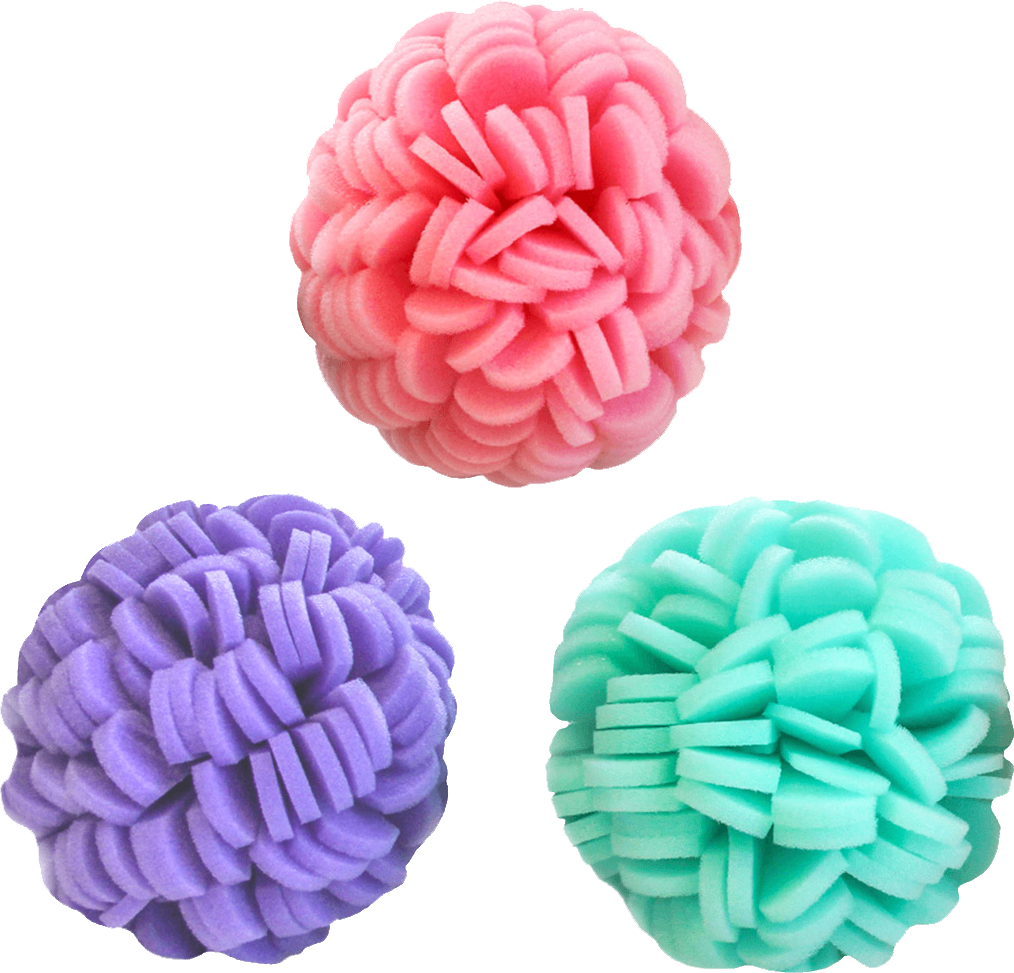Loofahs are popular, with nearly 1 in 3 American households having a mesh loofah sponge in their bath or shower.
But when these are not certified anti-microbial sponges, the result can be disgusting, unsanitary, and downright unhealthy for you and your family!
Your Loofah Could Be Making You Sick
The biggest culprit is P. aeruginosa, which causes a variety of infections. If P. aeruginosa is in a wound, there may be green-blue pus in or around the area. If the infection causes pneumonia, you may get a cough. When the infections are elsewhere in the body, you may have a fever and feel tired. But all P. aeruginosa infections can make you very sick if they spread through the bloodstream (septicemia). A serious infection can cause symptoms of high fever, chills, confusion, and shock (WebMD).
Skin Infections May Occur
Perhaps this may sound extreme. But even the most-rinsed plastic mesh bath pouf can become infected with bacteria, fungi, and other microorganisms and lead to rashes on the skin. The most common of these is folliculitis. Mild cases of folliculitis often look like clusters of small, red bumps around hair follicles, and symptoms of folliculitis include itching and tenderness [source: Mayo Clinic]. Most cases will clear up within 3-7 days, but if the area worsens or does not improve, you need to seek medical attention.
Traditional Loofahs May Also Grow Mold
Mold, a kind of fungus, thrives in wet, warm areas like bathrooms (HowStuffWorks).Once mold begins to grow in an area, it can spread easily to other locations [source: Consumer Reports]. Part of the natural outdoor environment, mold spores travel through the air and can begin growing indoors when they land in a moist area that will support them [source: U.S. Environmental Protection Agency].
Even Washing Doesn’t Help!
Regular soaps will not kill all forms of disease-causing organisms. While soap can disrupt the cell wall of many types of bacteria, most soaps will not disinfect against fungi, mold, mold spores, or viruses.
While some websites advocate using bleach on your bath loofah, this is potentially harmful for your skin. Diluted bleach generally does not disrupt the skin, but when you accidentally use a little too much, you may get burns or blistering (Medline Plus).
How to Prevent Health Hazards from Your Bath Sponge
Either replace your sponge every 30 days, or consider switching to a ViaBuff Body Exfoliator!
The ViaBuff is a two-in-one exfoliator and sponge that lasts 3x as long to microbial assaults than traditional sponges. Many customers report that their ViaBuff has lasted a year or longer, but we recommend replacing it every 90 days — three times as long as the average sponge!
- Can be set on the counter or used in the bath
- ViaBuff has four custom levels for every skin concern
- Anti-microbial material
- Durable foam construction






